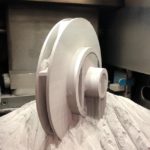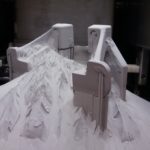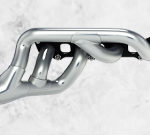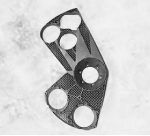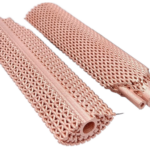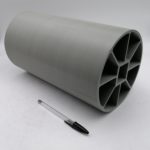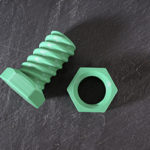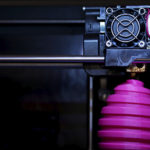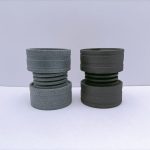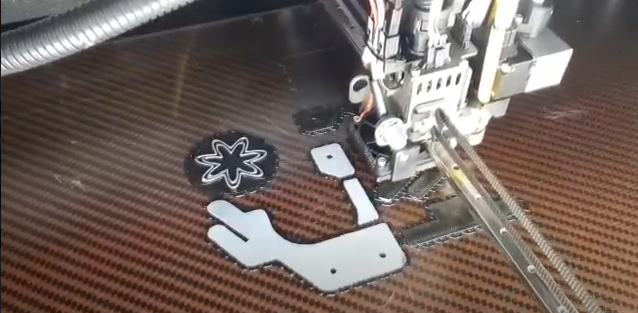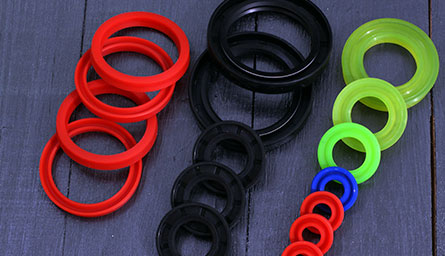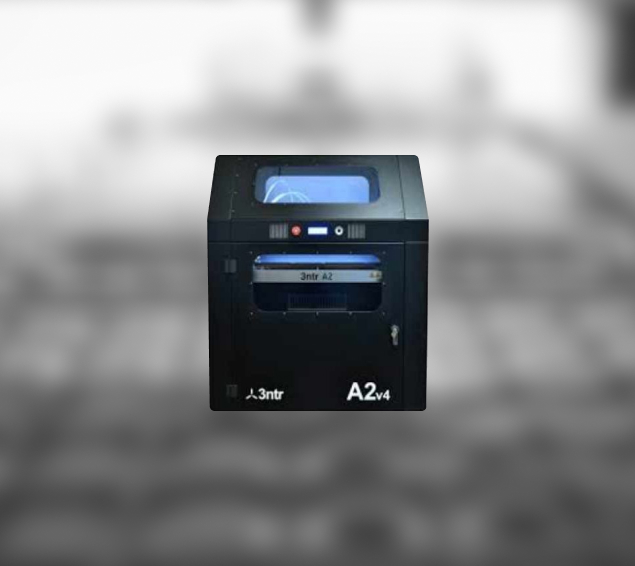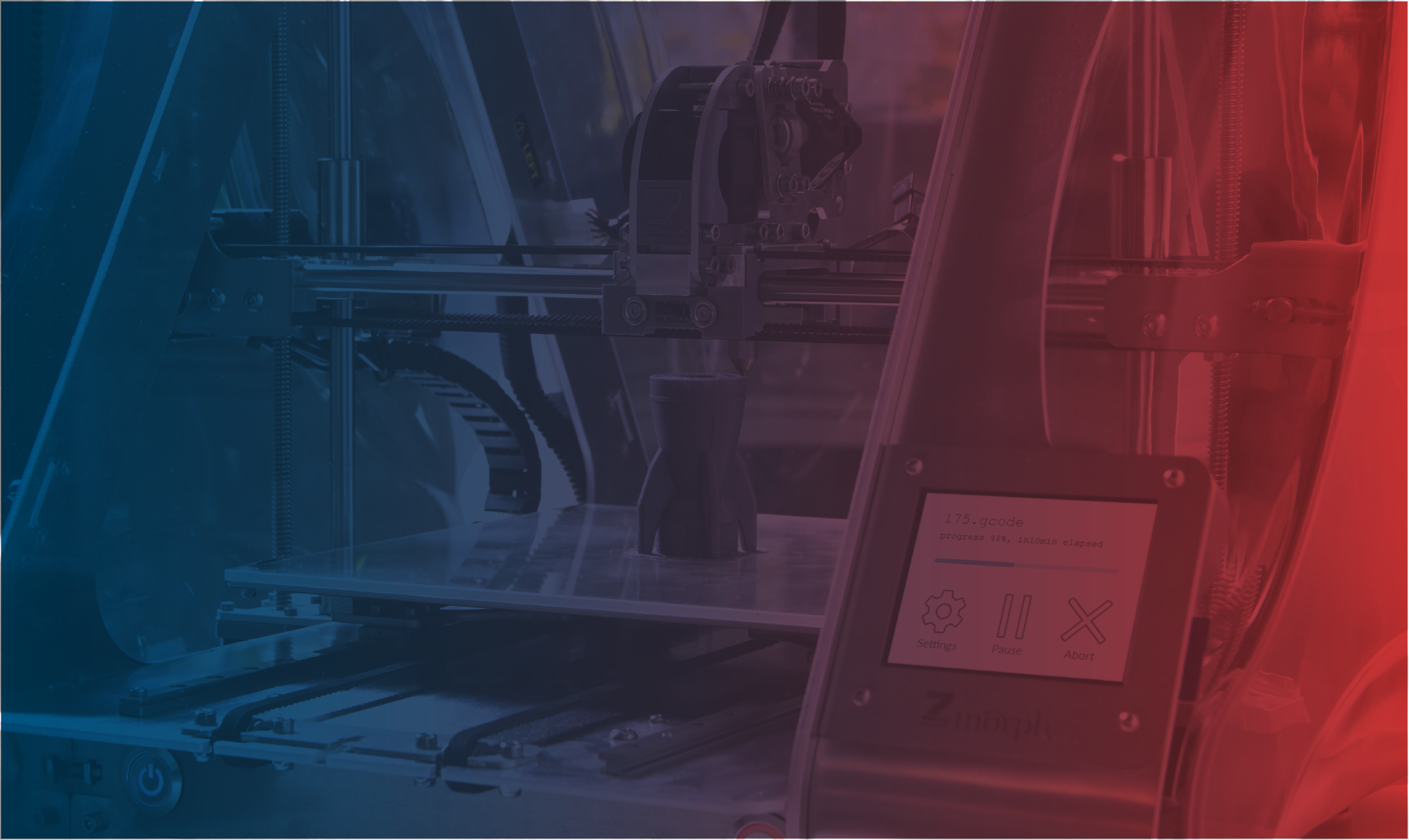
3D printing with flexible plastics
The most common materials for printing parts with soft plastics are TPU (Thermoplastic Polyurethane) and TPE (Thermoplastic Elastomer). TPU is a lineal chain elastomer with good chemical, wear, and abrasion resistance. The presence of hard and soft segments in its chemical composition mean that it can be combined in different proportions to adapt the hardness of the TPU to the mechanical demands of the specific application. TPE is a very elastic polyurethane based material, but additives are added to it in order to increase its capacity to warp and to recover its shape without breaking. It has a matt finish, unlike the shiny surface of TPU.

